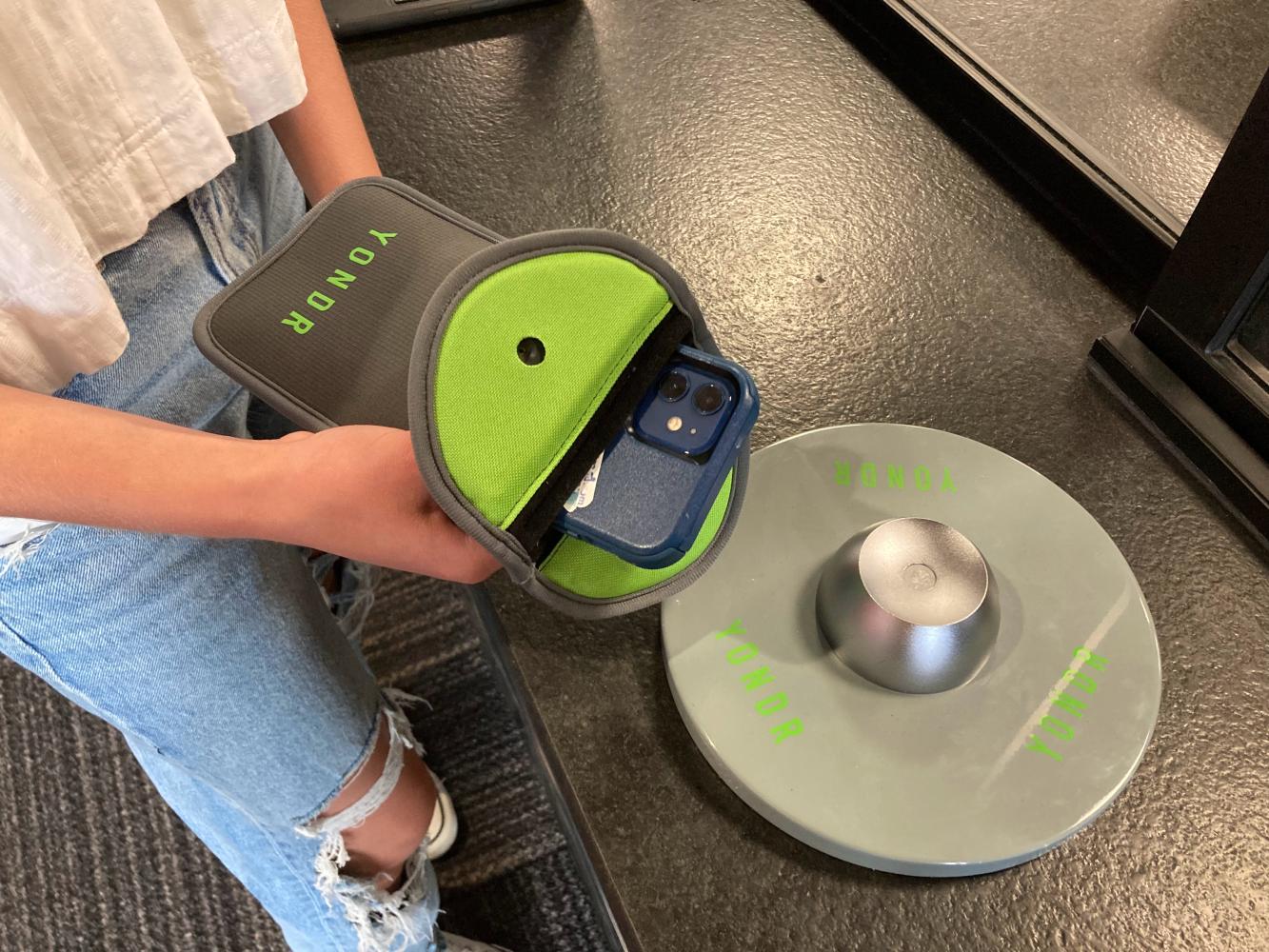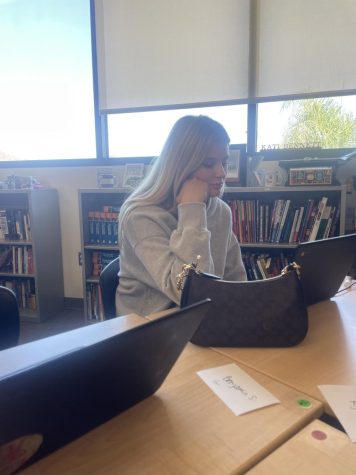
Emma Sutherland | Writer
October 3rd, 2024
It is no secret that cell phones are essential requirements for teenagers in today’s society. With this comes the controversy of whether or not a cell phone is corrupting society itself. In schools, the rule “no phones in class” has always been around, but once the bell rings, you are free to use your phone until your next class period begins. However, these privileges are now being revoked. Governor Gavin Newsom of California has officially signed a bill banning phones in California schools.
Assembly Bill 3216, or The Phone Free Act, requires every school district to ban and develop a restriction policy regarding phones by July 1st, 2026. While this policy was only signed in the past week, schools in the LAUSD district have already set up a very restrictive policy. To restrict phone usage, schools have spent millions on Yondr Pouches, small pouches with a magnet that is locked until the end of the school day. These Yondr pouches remain locked away in magnetic stations at the entrances of schools. The key component of this ban is to improve learning, decrease distractions, embrace social interaction, and decrease cyberbullying. While these components all seem to better students’ lives, is this really a necessary ban?
It is no surprise that many students are outraged by the fact that they are losing their phone privileges, especially when it truly isn’t that necessary. Before the cell phone ban, many teachers already had their own techniques to modify phone usage. Phone pockets and phone charts are the most common techniques teachers use. Students place their phones in phone pockets at the beginning of class and can retrieve them once the bell rings. Phone pockets are very effective in classes and keep students away from their phones while also keeping them safe in the classroom. It is shown that having your personal phone locked away at the entrance of school is an inconvenience for students at the end of the day. This is due to having to wait in long lines and search for your own personal pouch in order to retrieve your phone. As said earlier, phone pockets are simple alternatives to these Yondr Pouches. Not only this, but teachers can send phones to the administration office if a student is caught using their device during class. Therefore, keeping phones at the entrances of school is unnecessary and a waste of money.

Although cell phones can be seen as a danger to society, it’s undeniable that they are key factors in today’s world. While the purpose of banning cell phones is to better a student’s experience in high school, many aspects of this ban are contributing to a negative outcome. Many students use phones to contact their parents throughout the day, and it is crucial to have them in class in case of emergency. In an interview with junior Brooke Brewington, she describes her take on a cell phone ban, “I just don’t see the point, we already have phone pockets that work perfectly fine.” She then continues to say, “I need to have my phone in class, just so I can contact my family. If I didn’t have my phone, I would stress out. What if there is a lockdown or an emergency?” Brooke exemplifies the opinions of many students here at San Clemente High School. In another interview with junior Molly Whidden, she remarks, “I just think the school could spend money on different things, phone pockets work fine.” By taking away phone privileges, students have unnecessary inconveniences as well as stress factors. Furthermore, students should not have to deal with the unnecessary new ban on cell phones and schools should continue to utilize the previously implemented policy.

Leave a Reply